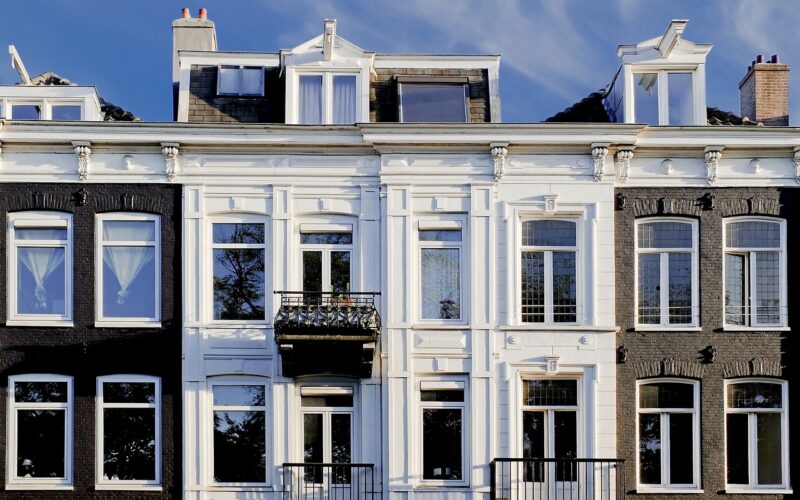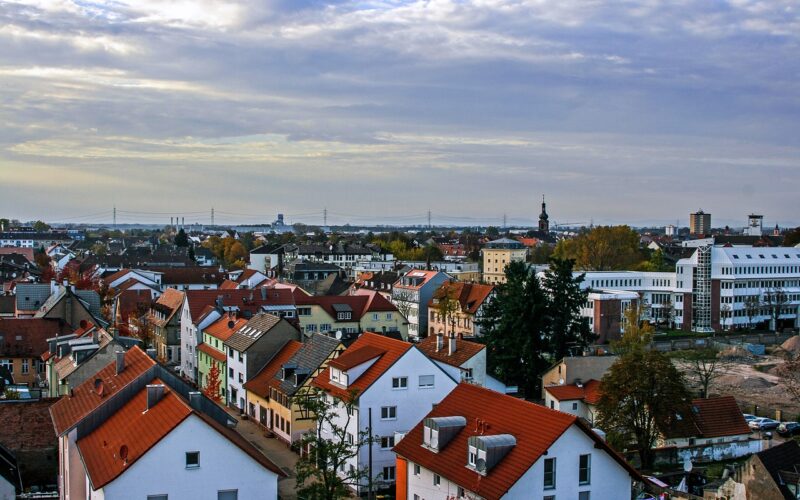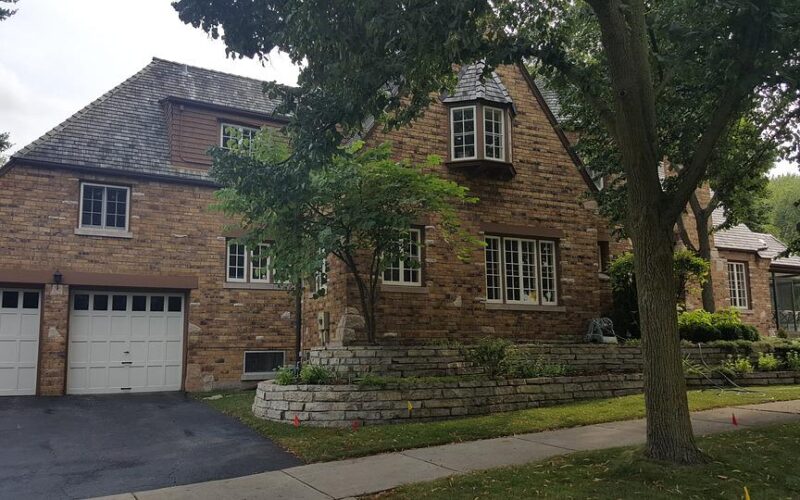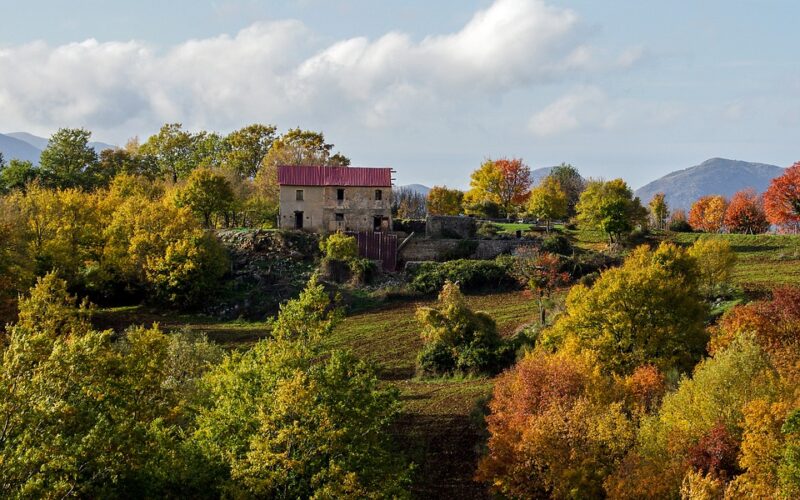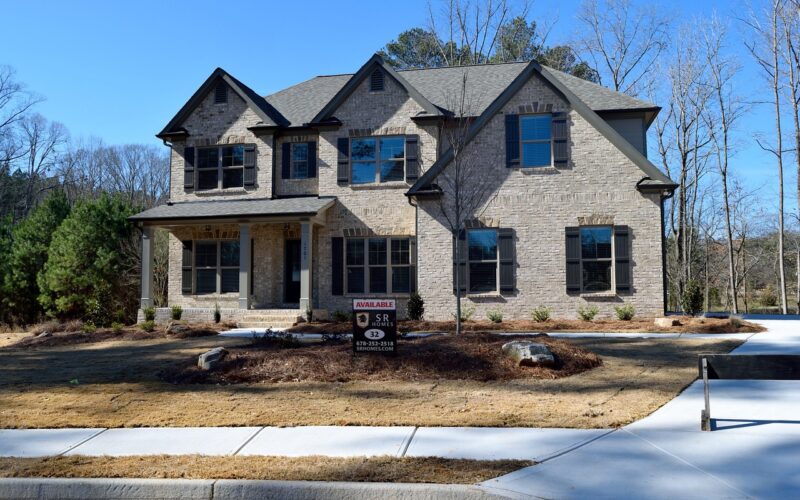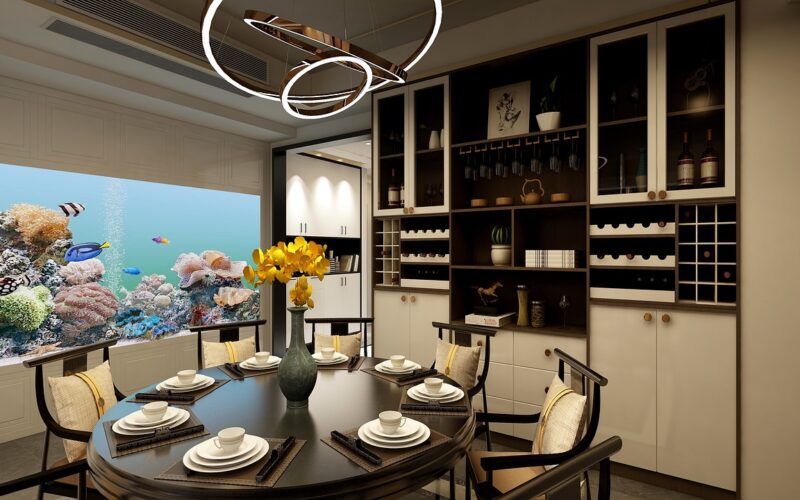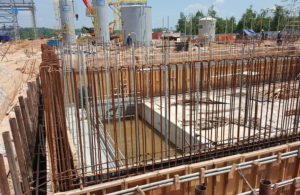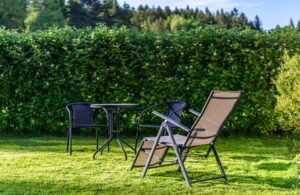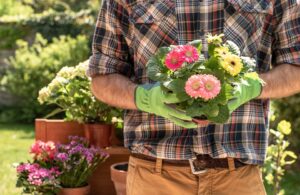Constructing a green home is more than a trend; it's a commitment to sustainability and the future health of our planet. Environmentally-friendly homes are designed to reduce their ecological footprint, using less energy, water, and natural resources compared to traditional builds.
Understanding the cornerstones of green building
When planning an environmentally friendly house, it’s crucial to understand its core principles. These include energy efficiency, water conservation, sustainable or recycled materials, and healthy indoor air quality. Each aspect of your green home should contribute to a holistic approach to sustainability. Energy efficiency can be achieved through insulation, passive solar design, and energy-saving appliances. Water-saving fixtures and rainwater harvesting are central to water conservation, while non-toxic, renewable materials help in reducing environmental impact without compromising quality or aesthetics.
Designing with energy efficiency in mind
Energy efficiency is at the heart of any green building project. Employing passive heating and cooling techniques, such as orienting the house to maximise natural light and heat, using thermal mass to stabilize temperature variations, and installing overhangs to manage the sun's intensity, can significantly reduce energy consumption. Incorporating renewable energy systems, like solar panels or wind turbines, further reduces your reliance on fossil fuels and can even provide you with an independent source of energy.
Choosing sustainable materials
The materials you choose can have a substantial impact on the environment. Sustainable materials are those that are harvested or manufactured in an ecologically responsible manner. Bamboo, for example, is a fast-growing and durable alternative to traditional hardwoods. Recycled steel, glass, and even plastic can also be used in construction, lessening the demand for new materials and reducing waste. Additionally, choosing materials sourced locally reduces the carbon footprint associated with transportation and supports local economies.
Water conservation strategies
Water is a precious resource, and conserving it is a key feature of green homes. Low-flow toilets, faucets, and showerheads can dramatically cut water use. Landscaping with native plants that are adapted to local rainfall patterns can minimise or even eliminate the need for irrigation. Installing a greywater system, which reuses water from baths, sinks, and washing machines, can further reduce water usage by providing an alternative source for non-potable needs like garden watering.
Ensuring indoor air quality and health
A green home not only focuses on its environmental impact but also on the health and well-being of its inhabitants. Using paints, sealants, and adhesives with low or no volatile organic compounds (VOCs) improves indoor air quality and ensures a healthier living space. Adequate ventilation systems and the use of air-purifying plants can help in maintaining clean indoor air. It’s crucial to select materials that do not off-gas toxins and to incorporate features that mitigate allergens.
Practical steps to begin your project
Building an environmentally friendly house requires careful planning and decision-making. Start by setting clear sustainability goals and finding architects and contractors who have experience in green building. Research the latest technologies and materials that maximise efficiency and minimise harm. Be prepared to invest more initially; however, these costs are often offset by the long-term savings in energy and water bills. Lastly, keep abreast of any government incentives or programs that may be available to support green building initiatives.
Constructing a green home is an investment in your future and the planet’s. By incorporating the strategies highlighted here, you're creating a living space that not only serves your needs but also paves the way for a more sustainable way of life. It's a powerful statement about your values and the legacy you choose to leave behind.

